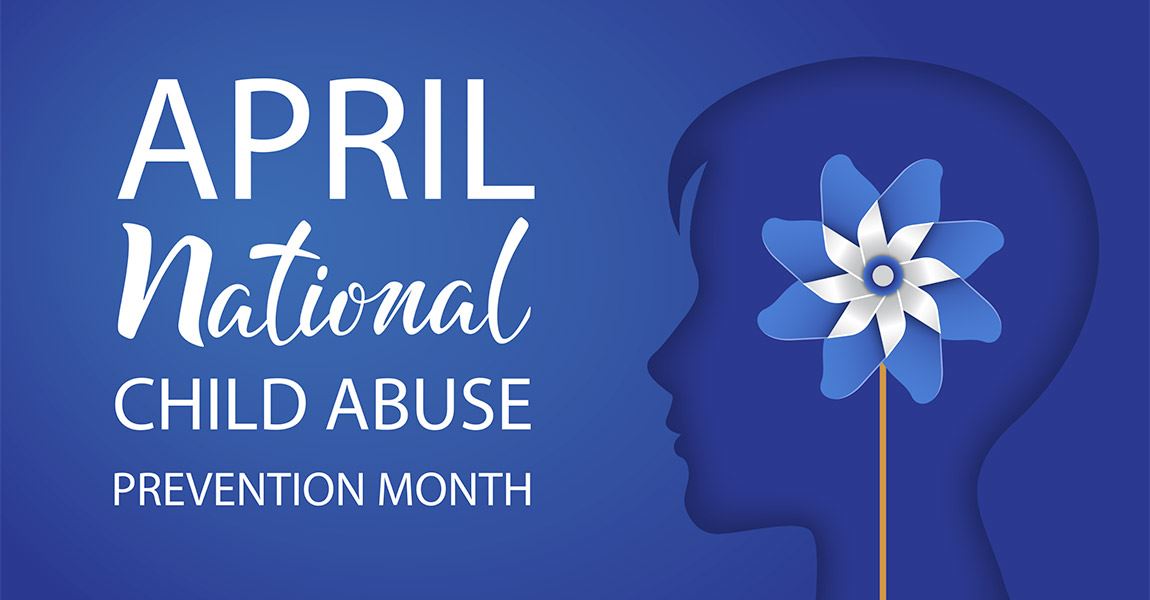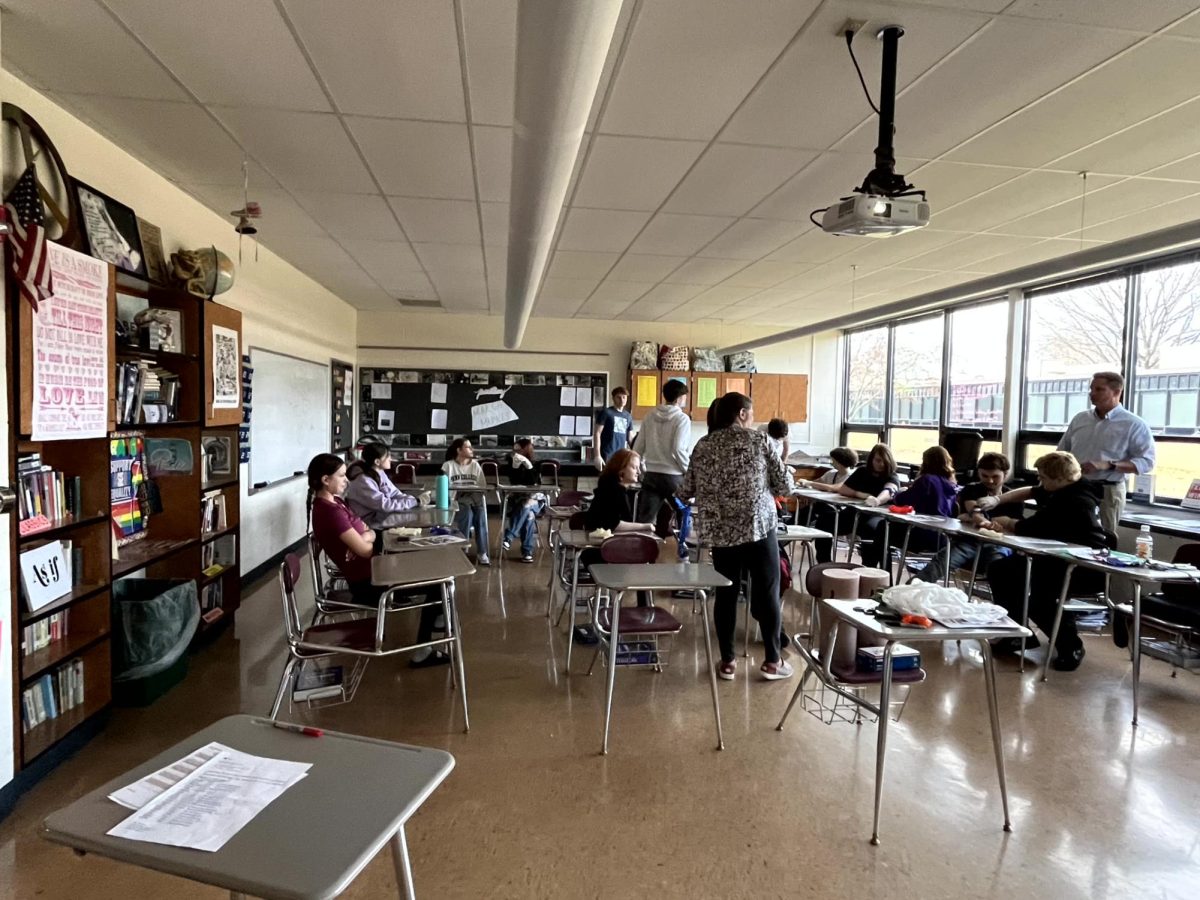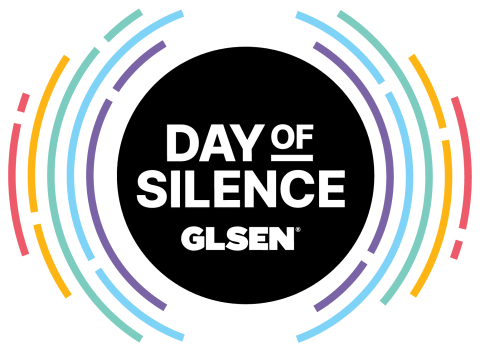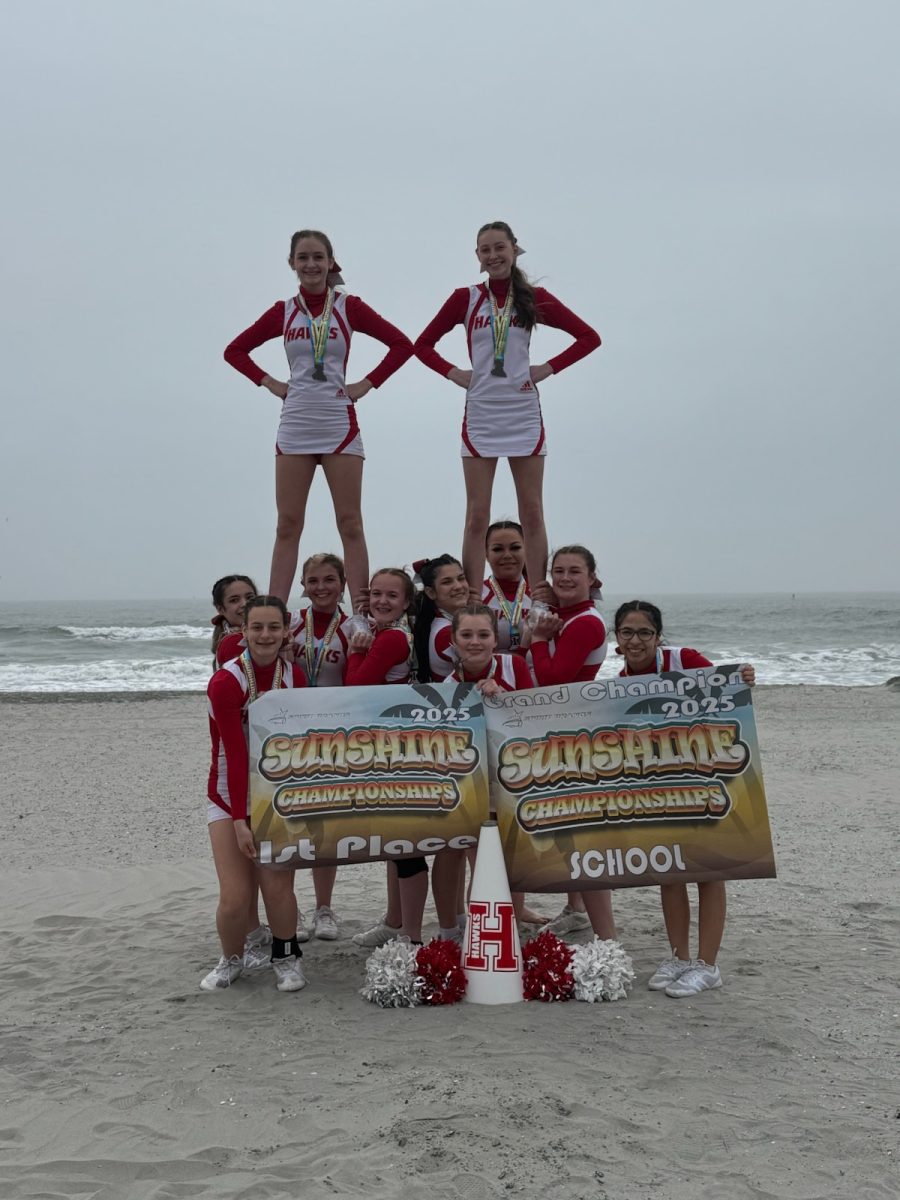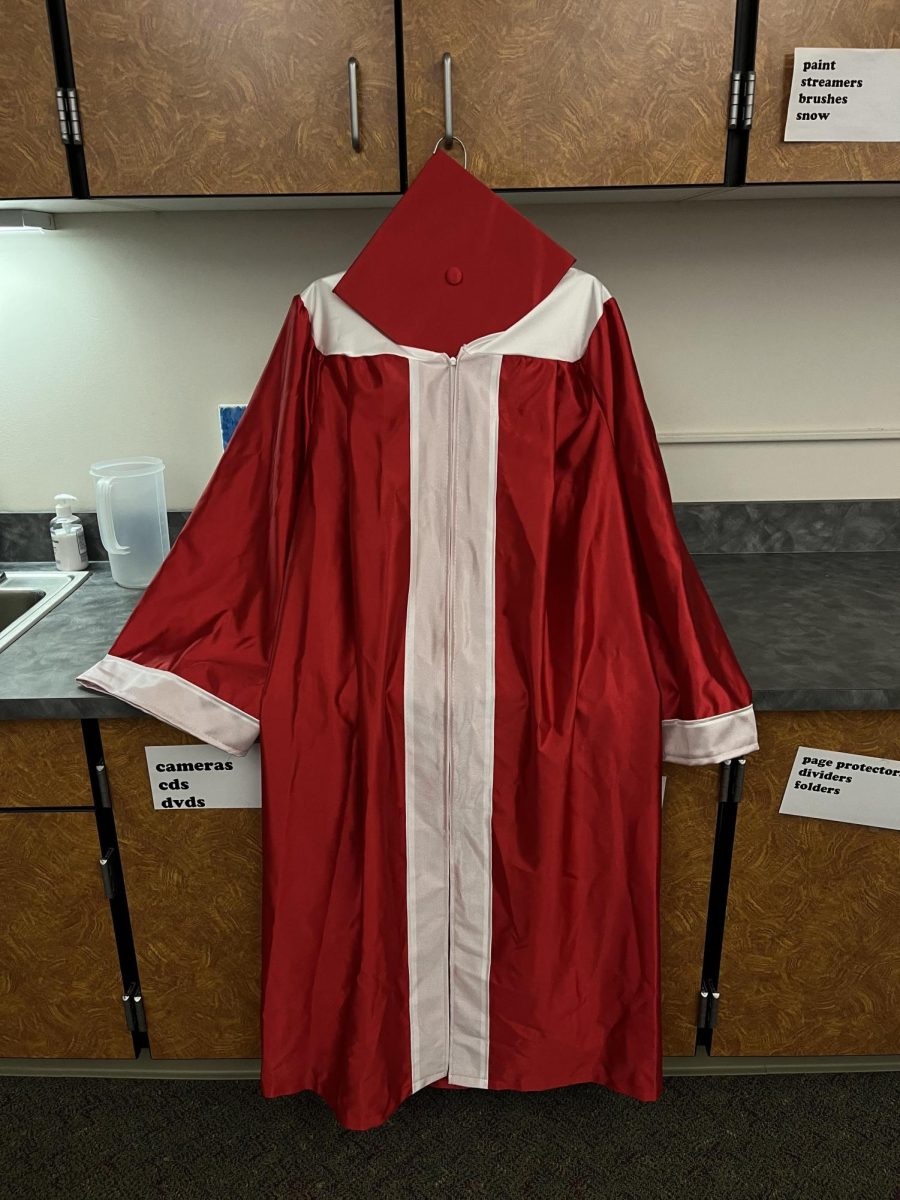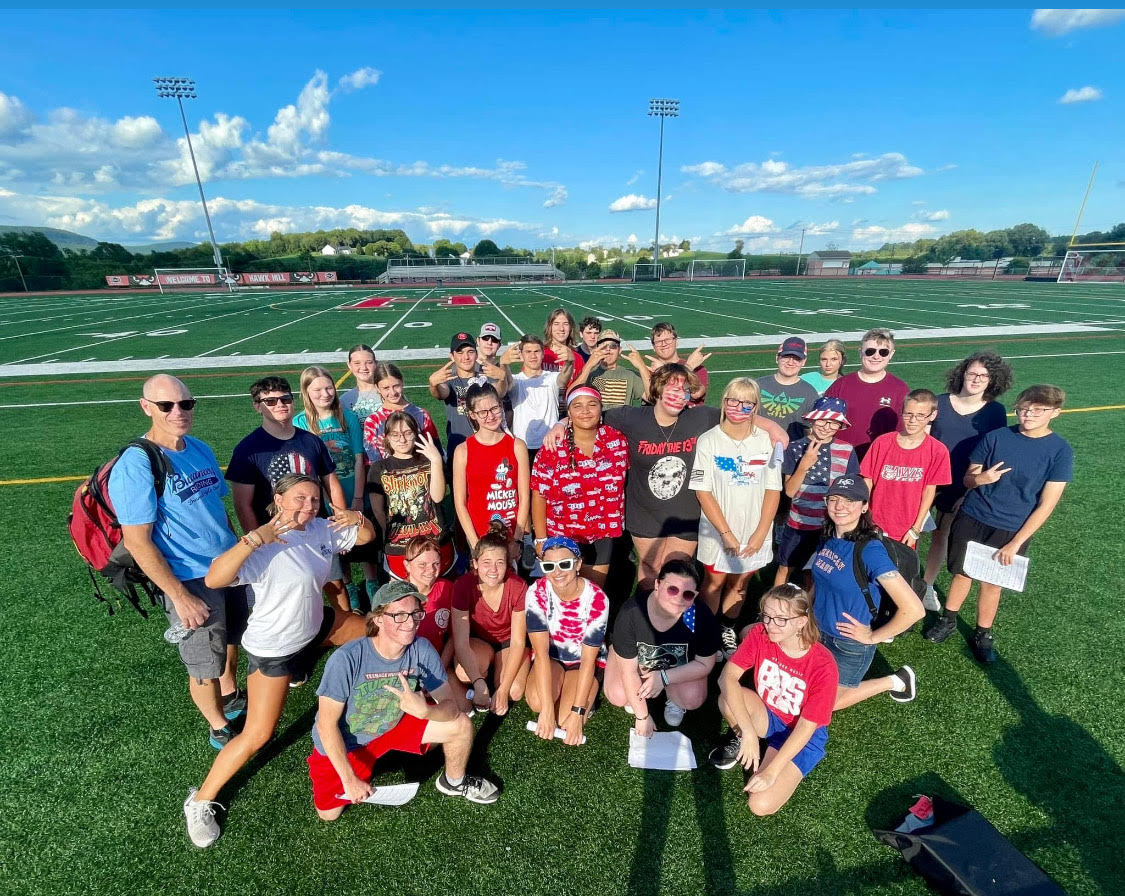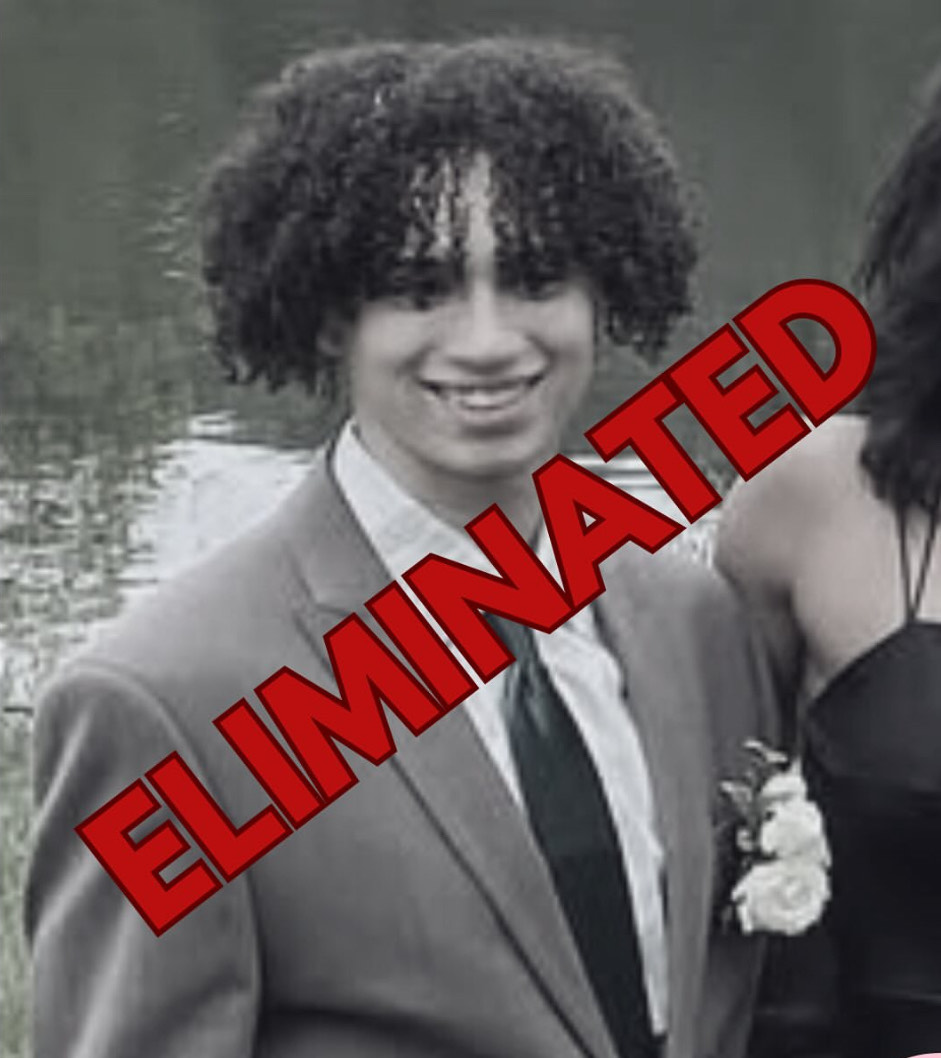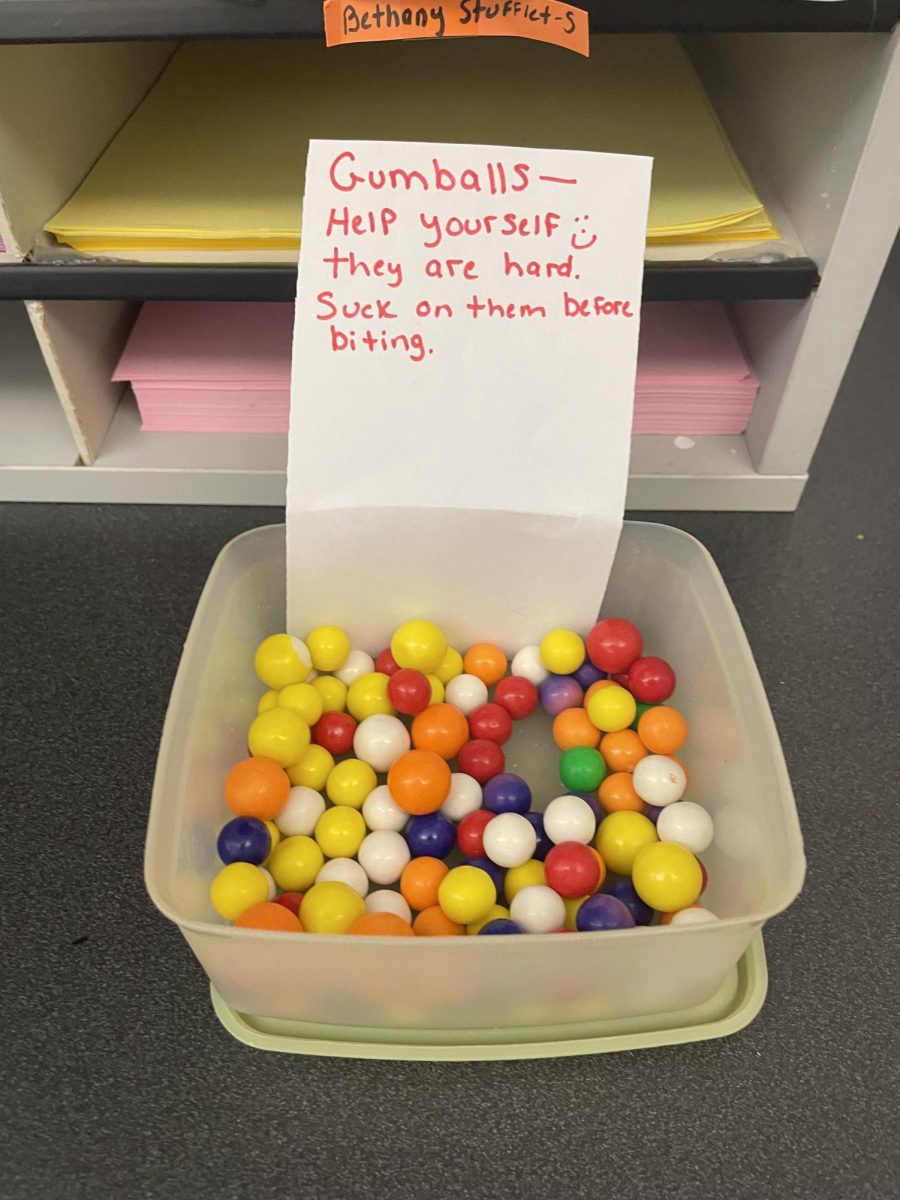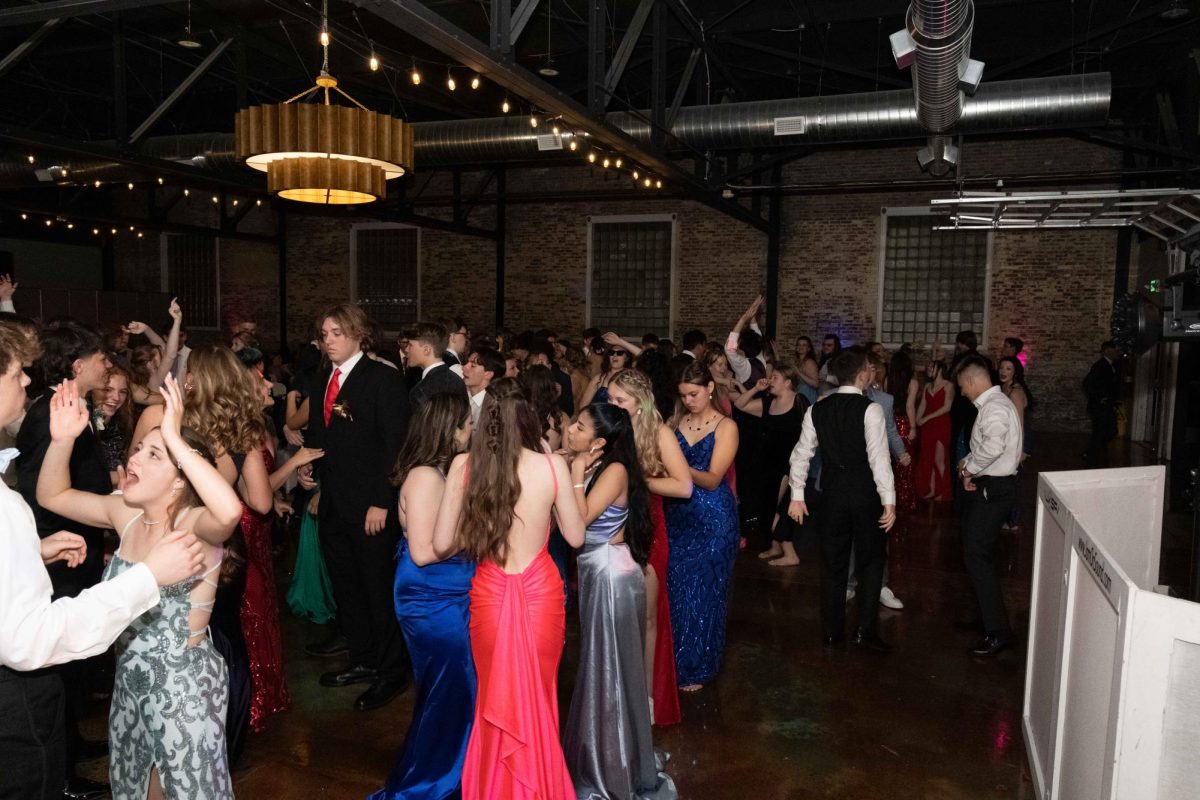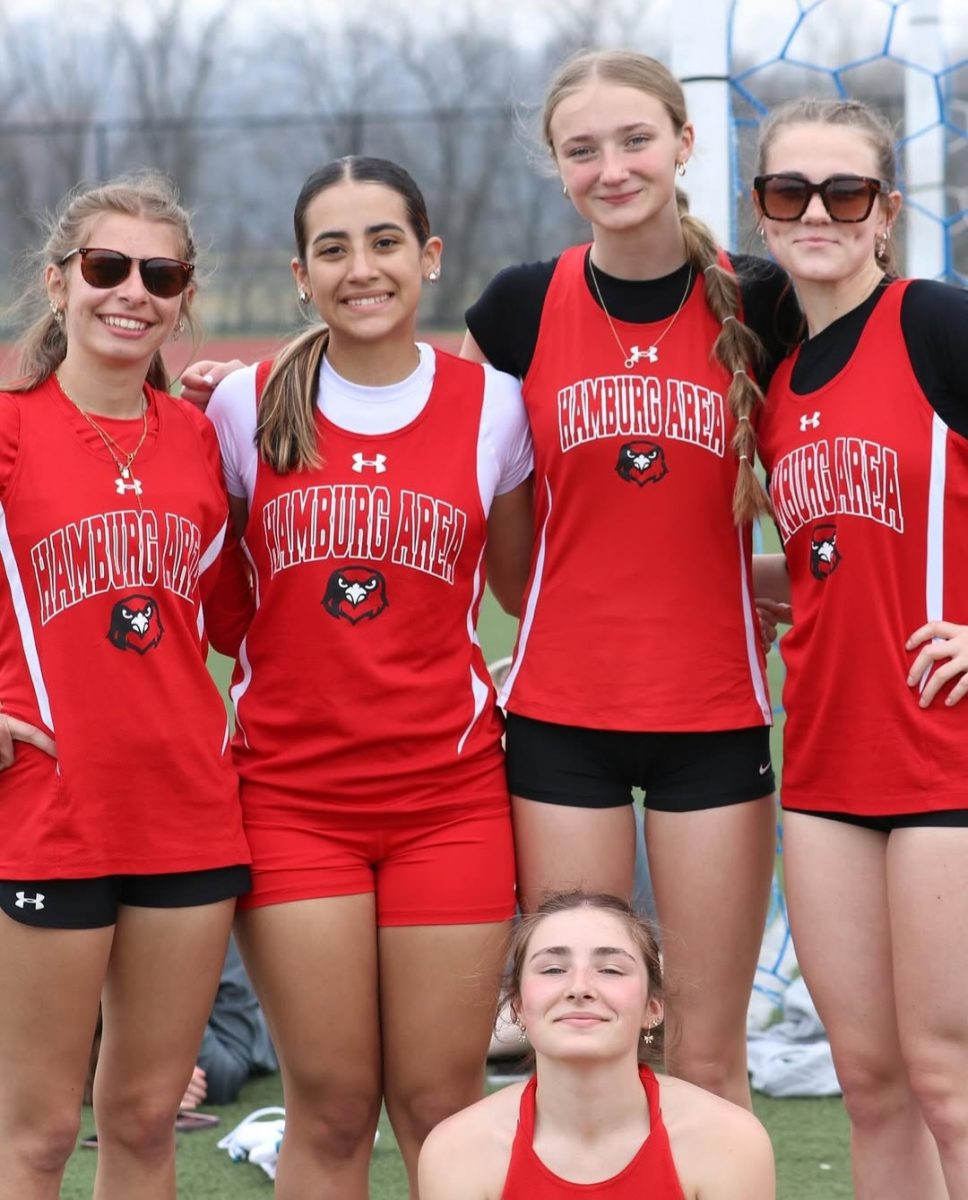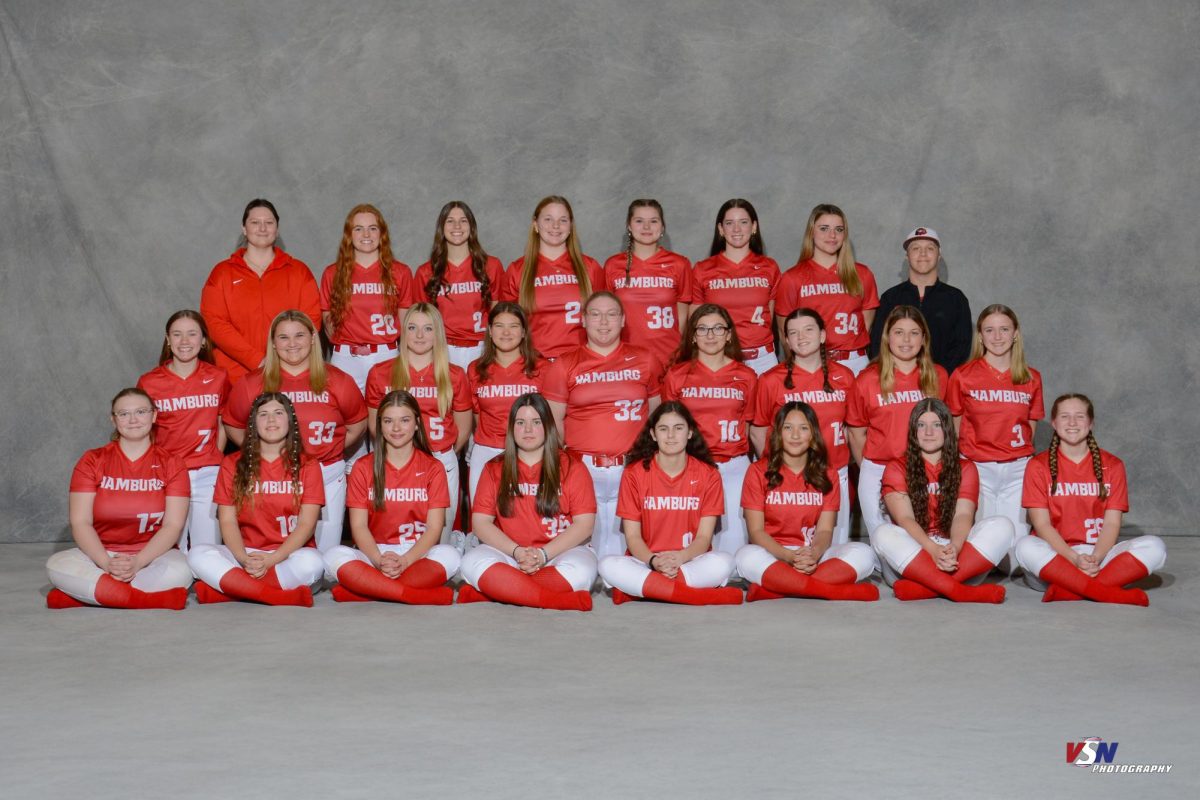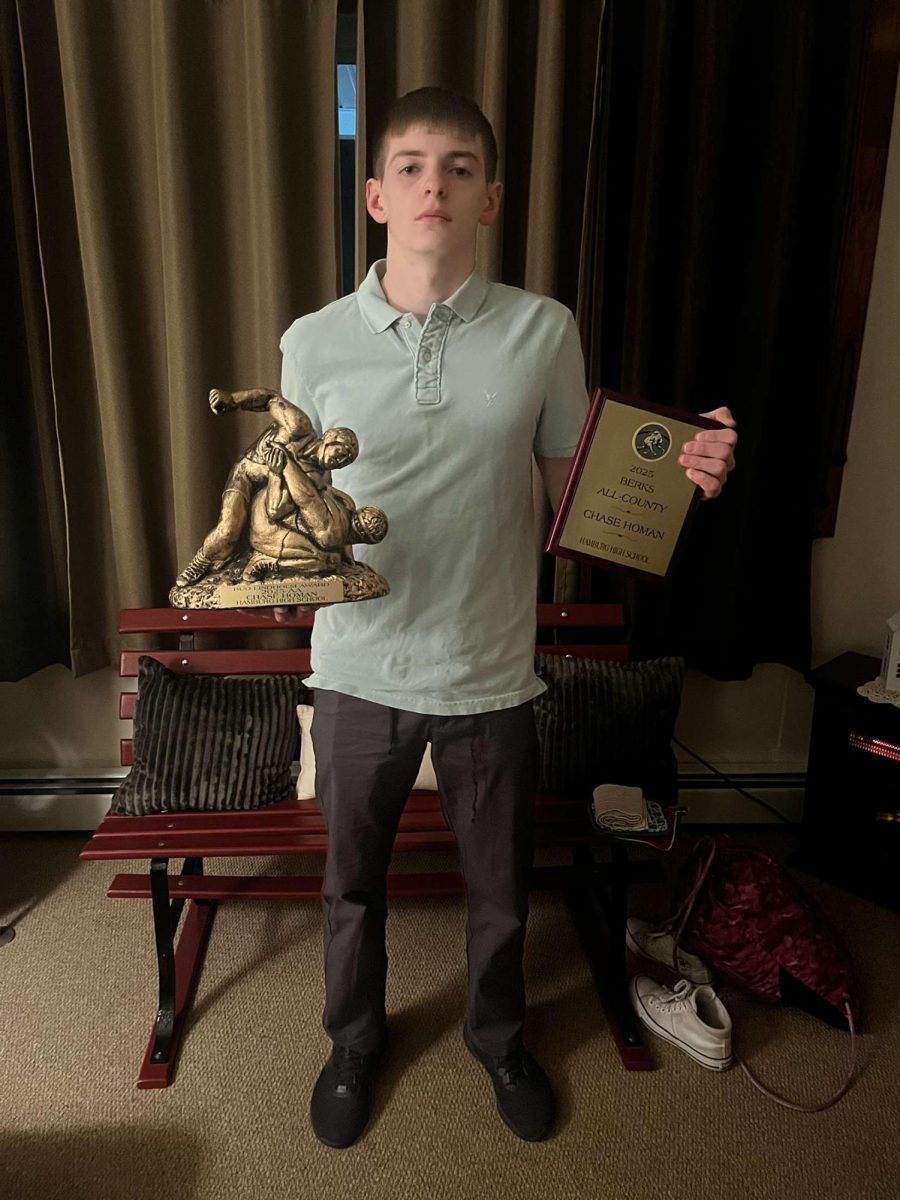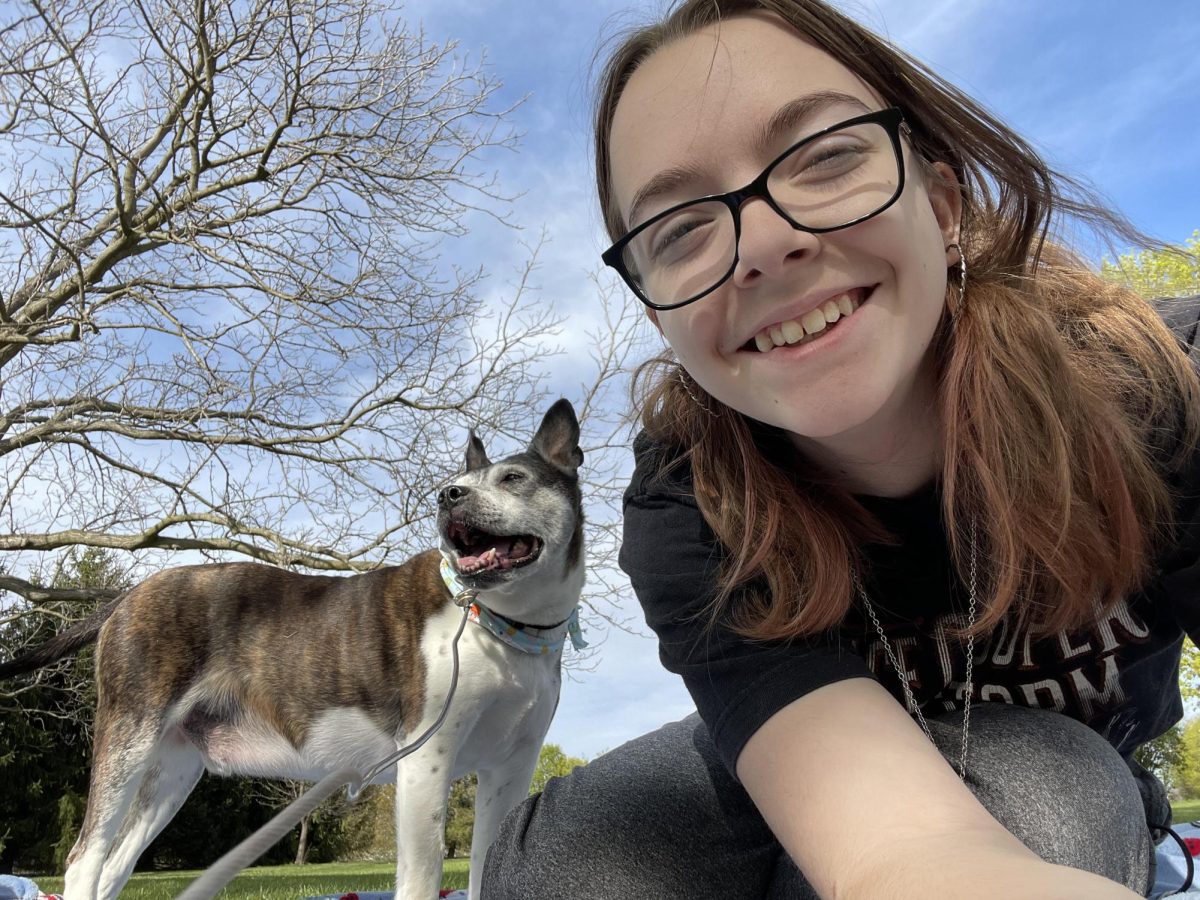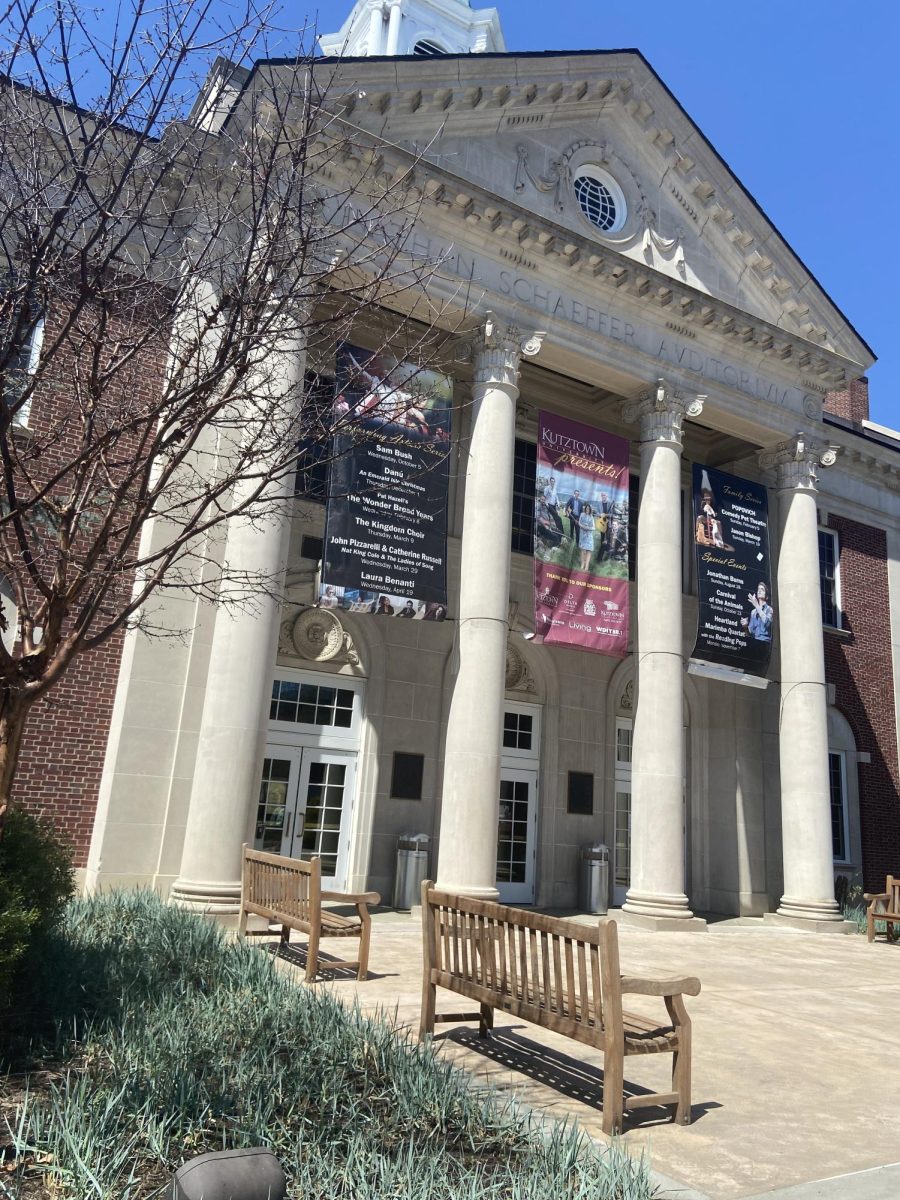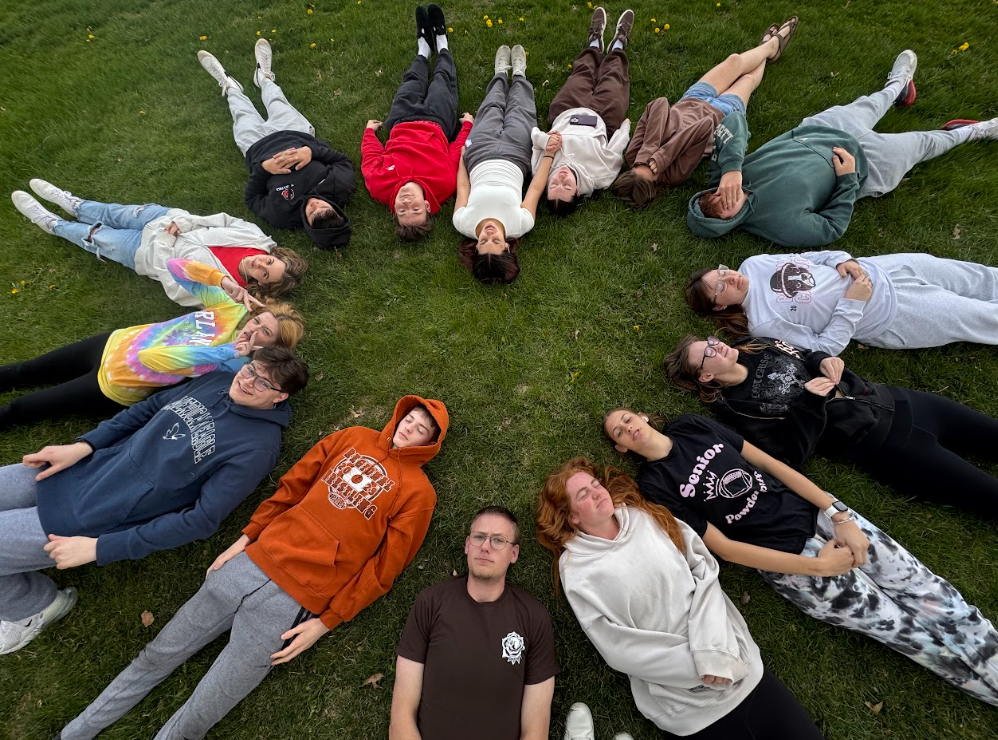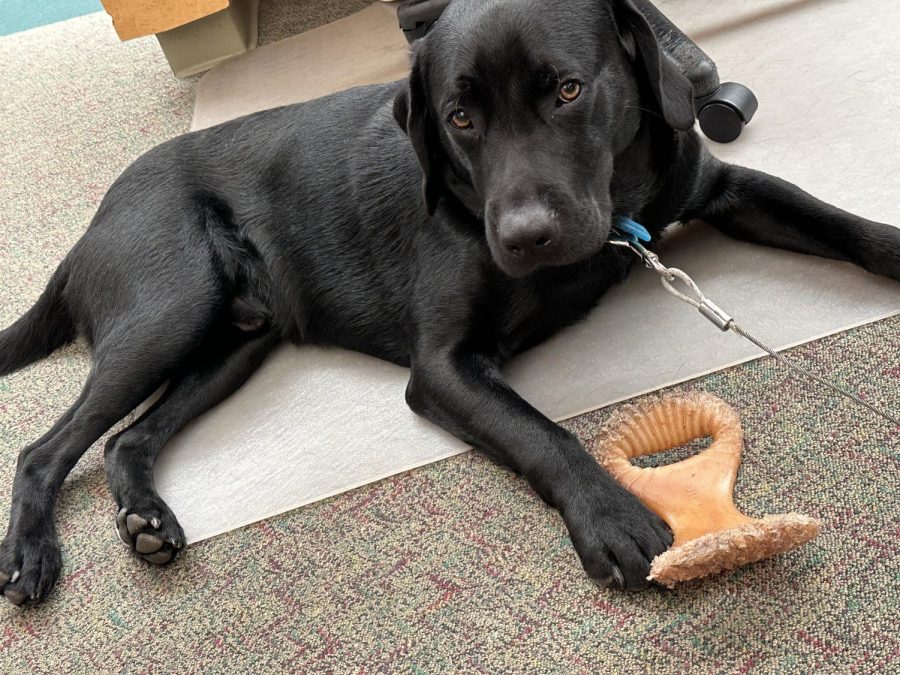Practice proper etiquette when meeting a guide dog
October 12, 2022
A guide dog is a dog trained to lead a blind person. They are also known as seeing eye dogs and they play a big role in our community today. As most of the students at Hamburg Area High School know, Mrs. McCarthy raises Seeing Eye dogs. Mrs. McCarthy is the librarian, publications teacher, and much more at HAHS. She has been raising guide dogs for “The Seeing Eye” for six years, since July of 2016. Part of her raising the dogs includes them coming to school with her, and even though at school the students are allowed to pet the dogs and play with them, this can not be done in public.
There is special etiquette for when meeting a guide dog. The Seeing Eye has five tips for meeting a guide dog; Tip 1, “Guide dogs don’t understand social distancing. Please help keep a safe distance by staying 6 feet away.” Tip 2 is, “Please don’t let your pet near a guide dog, even if your pet is leashed. Even allowing your pet to visit or “say hi”, for just a moment can cause the guide dog to lose focus on the important job he has to do.” It is always good to just refrain from possibly distracting a service dog. This leads into the next two tips. Tip 3 says, “It’s helpful to let a person who is blind know that you are nearby and tell them if you have a dog with you.” Letting someone with a guide dog know that there is a dog nearby can be very helpful so there is no conflict with the dogs. It is also helpful to let someone with a guide dog know if a person is nearby, so they do not bump into anyone. Tip 4 is one of the super important ones, “Do not pet the guide dog, call the dog’s name, make eye contact, feed or talk to the dog. It’s always best to treat the dog as if he is not there.” The final tip is also very important, “Do not shout directions, take the person by the arm or interrupt them, especially when they are crossing the street. Always ask the person if they need help first.” All of these tips are very important because respecting the dog and the owner is the number one priority when seeing a guide dog.
Kadyn Ellis, a freshman at HAHS, at first did not really know what guide dog etiquette meant. Now that she knows she said, “Having proper etiquette for meeting a guide dog is important because many things can go wrong if the dog and owner are not respected.” I completely agree with her statement. Mrs. McCarthy gave me a tip of her own, “Don’t approach it act like it’s not even there.” She also said that guide dog etiquette to her means, “being aware that the dog is working and letting it do its job.” I really like her statement because it is true that the dog is trying to do its job and it is best not to infringe on its work. This etiquette can be used anytime and anywhere. A little tip from me, just be mindful of service animals and their owners.
